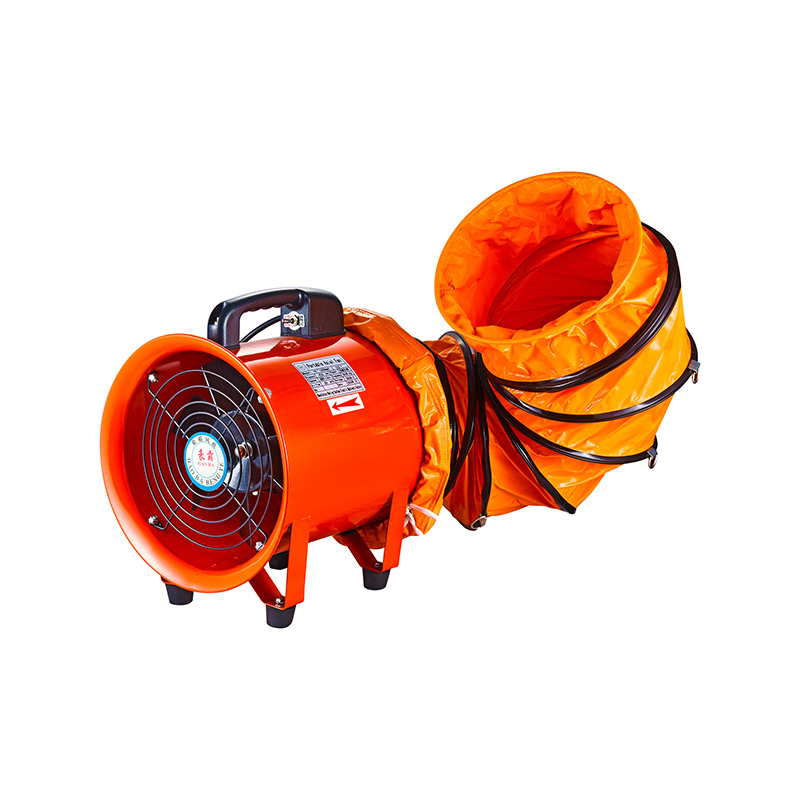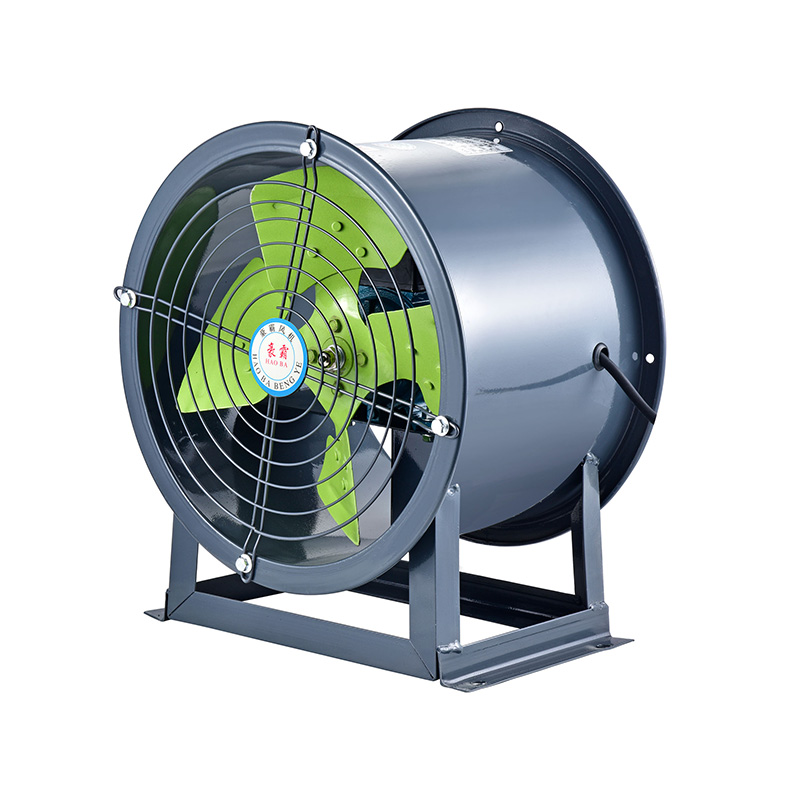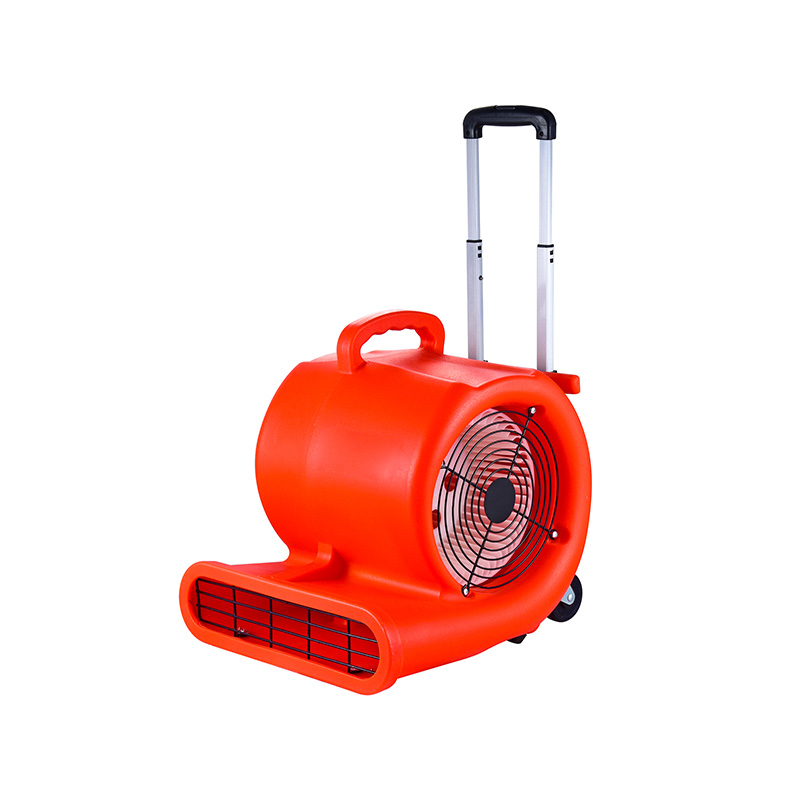What To Consider When Choosing Between AC And DC Fans
2025-07-08
When selecting fans for various industrial or commercial applications, understanding the differences between AC and DC fans is essential. Both types have unique characteristics that influence their suitability for specific uses, including roof ventilation fans, industrial centrifugal blower fans, and industrial high pressure blowers. Making an informed decision can help improve system efficiency, reduce energy consumption, and ensure reliable performance.

It's important to recognize the fundamental difference between AC and DC fans. AC fans operate on alternating current, which is the standard electrical supply in more industrial and commercial settings. DC fans, on the other hand, run on direct current, often powered by batteries or rectified from AC power using electronic components. This difference affects how the fans perform under various conditions.
One key consideration is the efficiency of the fan system. DC fans tend to offer better energy efficiency than AC fans due to their ability to maintain steady torque and speed control. This can be particularly beneficial in applications involving roof ventilation fans, where continuous operation with small energy waste is desirable. However, AC fans remain a reliable choice for many industrial centrifugal blower fans, especially in settings where the power supply is consistent and maintenance resources are limited.
Another factor to consider is speed control and operational flexibility. DC fans typically allow more precise speed adjustments thanks to their electronic control circuits. This feature is advantageous when fine-tuning airflow is required, such as in industrial high pressure blower applications, where varying pressure demands call for adaptable fan speeds. AC fans generally require additional equipment, like variable frequency drives, to achieve similar speed control, which can increase overall system complexity and cost.
Noise levels are also worth considering. DC fans often operate more quietly than AC fans because of their smoother motor function and better speed regulation. This can be an important factor for roof ventilation fans installed in commercial or residential buildings, where noise reduction contributes to occupant comfort. However, advances in AC motor design have reduced noise emissions, making some industrial centrifugal blower fans quite acceptable in noise-sensitive environments.
Maintenance requirements differ between the two types as well. AC fans usually have a simpler design, which can mean fewer components that require servicing. This simplicity often makes AC fans the go-to option for industrial high pressure blower setups in harsh or demanding environments where downtime must be lessened. DC fans, while efficient and flexible, depend on more complex electronics that may require specialized maintenance or replacement over time.
Cost considerations also come into play when choosing between AC and DC fans. AC fans tend to have lower upfront costs because the technology is more widespread and mature. For large-scale installations of roof ventilation fans or industrial centrifugal blower fans, budget constraints can favor AC options. On the other hand, the energy savings and operational benefits of DC fans might justify their higher initial investment, especially in industrial high pressure blower systems where continuous operation impacts overall expenses.
It’s equally important to match the fan type with the intended application environment. For example, roof ventilation fans often face exposure to weather and require robust construction. AC fans are frequently preferred here due to their durability and ability to operate on standard power supplies without additional electronics. In contrast, industrial centrifugal blower fans used inside controlled environments may benefit more from DC fan technology’s precision and energy efficiency. Industrial high pressure blower applications, depending on scale and complexity, can leverage the strengths of either AC or DC fans based on specific operational needs.
Energy regulations and sustainability goals are increasingly influencing fan selection. DC fans, with their ability to maintain constant speed and reduce power consumption, align well with efforts to improve energy efficiency in industrial settings. Roof ventilation fans powered by DC motors can contribute to lower building energy use, supporting greener operation. Nevertheless, AC fans remain prevalent in many industrial centrifugal blower fan applications due to their compatibility with existing infrastructure.
To summarize, the choice between AC and DC fans involves balancing multiple factors: energy efficiency, speed control, noise levels, maintenance, cost, and environmental conditions. Roof ventilation fans may lean toward AC fans for durability and simplicity, but can gain benefits from DC technology in some cases. Industrial centrifugal blower fans are versatile and can employ either technology depending on operational priorities. Industrial high pressure blower systems, given their demanding nature, require careful evaluation of both fan types to find a more suitable solution.
Ultimately, understanding how AC and DC fans perform in relation to your specific requirements helps ensure the selected fan supports reliable airflow, energy savings, and maintenance efficiency. Whether installing roof ventilation fans on a commercial building, choosing industrial centrifugal blower fans for a production line, or upgrading industrial high pressure blower units, careful consideration of these factors leads to better outcomes.

 English
English русский
русский عربى
عربى








